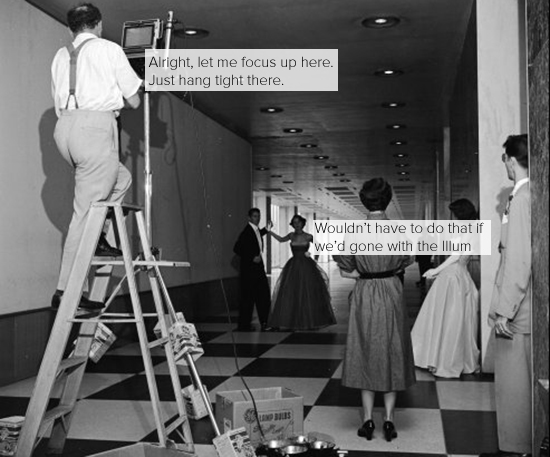Lytro Illum, n;
A mirrorless camera that can refocus photos after they’re taken. The Illum is built using a light field sensor, which captures direction of light rays in addition to the basic color and intensity of traditional cameras. This allows the camera to render photos into focus after the image has been captured. It can also created 3D images or graphical animations as used in virtual reality.
The Illum is Lytro’s second attempt to expose the world to light field technology; in 2012, it released a point-and-shoot camera that didn’t catch on. Lytro’s mission as they bring Illum to the market is to change the way people think about images. The Illum is built with very little glass and no mirror — this basically means it isn’t a camera, in the traditional sense. Instead, it’s a computer-like collector of data that later creates images from the information it gathers when you hit the “shutter” button. This data is sent to a companion app, where you can refocus, shift, and create variations on one shot. Needless to say, this camera isn’t built for selfies.
The camera will run an expensive $1,500 to purchase, but the hardware is only the first step in what Lytro wants to do with the technology built into Illum (so, it’s okay to hold off for now). The team behind the light field camera wants to install the technology into “anything with a lens and a sensor,” creating instantly interactive images of security cameras or MRIs, for example. They also imagine a cheaper Hollywood, where instead of shooting with 5 cameras in expensive 3D, a filmmaker can shoot with one and choose focus later. Someday, the technology built into the Illum will probably grace our tablets and smartphones, putting professional digital photography tools into the palm of an amateur hand.
Play around with images from the Lytro Illum within this in-depth review from The Verge.


